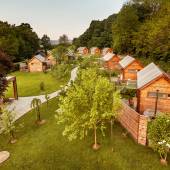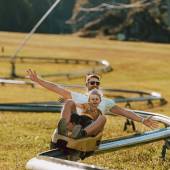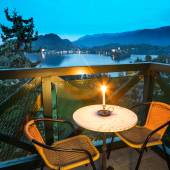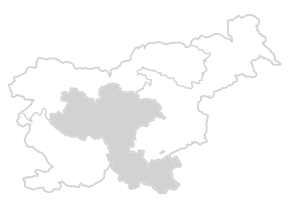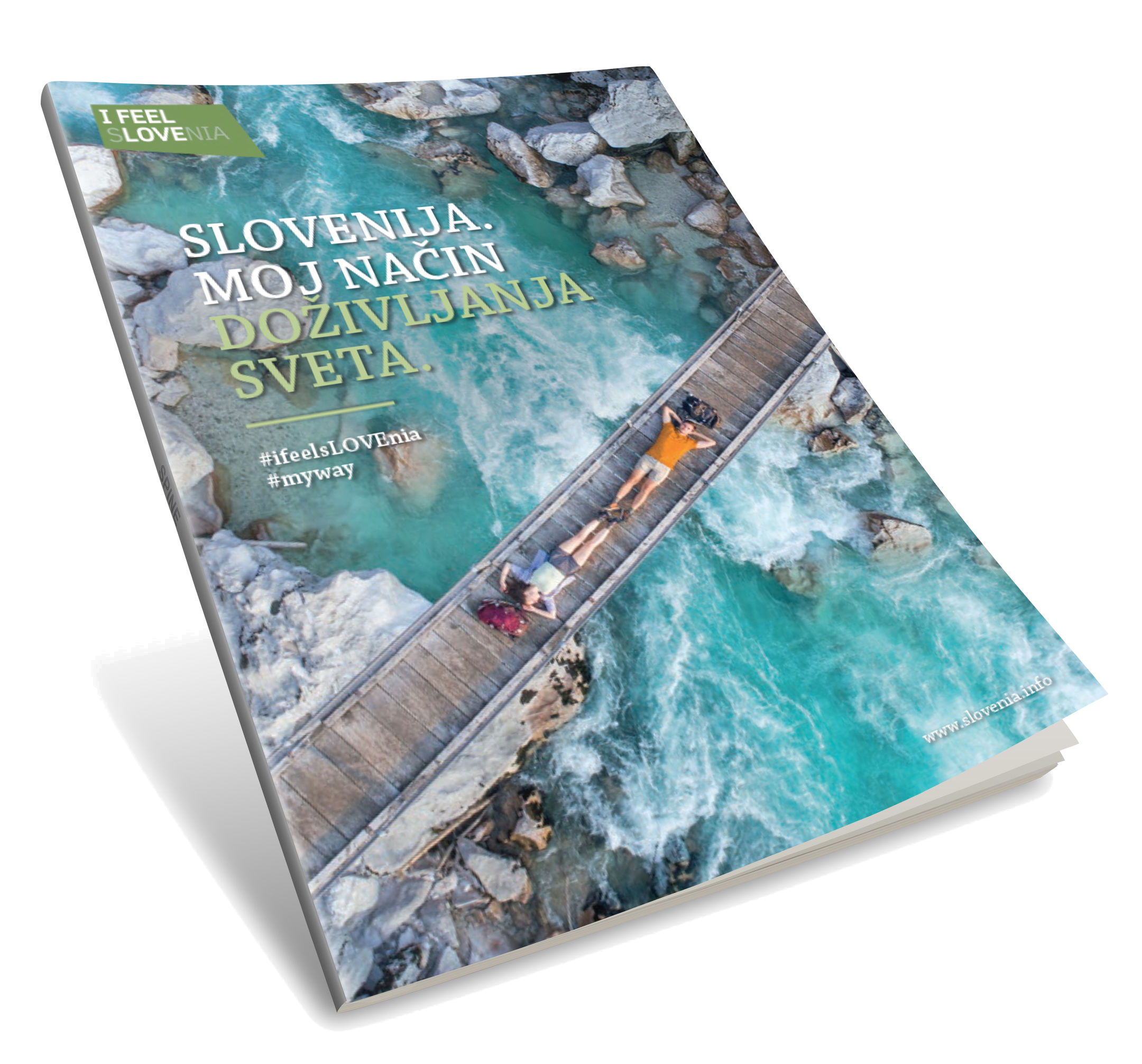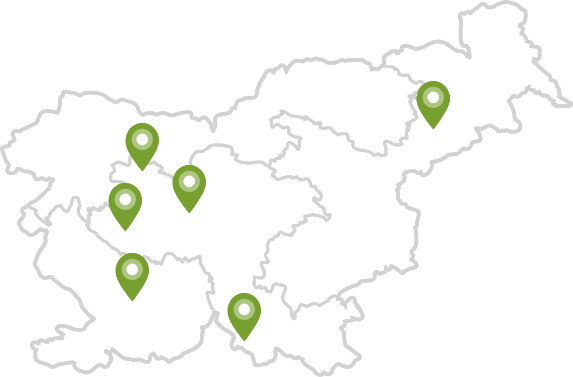Worth exploring for all flavours
Do you enjoy spending your leisure time actively or prefer to be pampered at thermal spa centres? Would you choose the urban atmosphere or the peaceful countryside idyll? Discover natural and cultural treasures or indulge in good food? Regardless of which question you answered in the affirmative, you’ll find what you’re looking for in Slovenia. Since distances are short, you can satisfy different tastes with just one visit to Slovenia.

Slovenia is active
Slovenians like to be active outdoors. More than two thirds of citizens are regularly involved in a physical activity. The most popular sports include hiking, cycling and jogging. In wintertime, many Slovenians enjoy skiing. The sporting spirit is also reflected on a professional level, as there are few countries in the world which can boast as many medallists in highest-ranking competitions per capita as Slovenia. The country’s natural features are certainly some of the reasons for such enthusiasm for sports. That’s why Slovenia is a paradise for seekers of active outdoor experiences.
Explore

Slovenia is healthy
In Eastern Slovenia, many thermal springs can be found which have beneficial health effects. Here, you can find several natural health resorts and spas where experts will help you on your journey to health and wellbeing based on individual treatment. They will pamper you in their wellness centres in a multitude of ways and make sure that you’ll feel great in your skin. There’s lots of fun, too. Attractive water parks with daring slides and other water attractions are particularly thrilling for the youngest visitors.
Explore

Slovenia has a lively urban and cultural atmosphere
Many Slovenian towns boast a rich history that can be best experienced in preserved old town centres. The capital of Ljubljana, which is considered one of the greenest European cities, is characterised by the architectural masterpieces of Jože Plečnik. Maribor is the city with the oldest grapevine in the world. The oldest Slovenian town, Ptuj, is home to the iconic Shrovetide character, kurent. Celje is a town on which the Counts of Celje, one of the most influential noble families in Europe, left a significant mark. Kranj is the cultural capital of Alpine Slovenia and the town of the greatest Slovenian poet, France Prešeren. Novo mesto is known as the archaeological site where the largest conglomeration of situlae was found. Koper, the town of sun, and its port represent the Slovenian sea door into the world, while the charming town of Piran displays one of the most iconic images of the Slovenian coast.
Cities and destinations
Small towns for big adventures.
Cities and destinations
More
Arts and Culture
Slovenia boasts a rich cultural tradition.

Slovenia is a country where people eat well
In Slovenia, the way to a person’s heart is through their stomach. If that’s true, you’ll fall head over heels in love with this culinarily diverse country. You’ll be able to try a varied array of traditional flavours in 24 gastronomic regions and three wine-producing regions. The most demanding foodies can visit restaurants adorned with prestigious Michelin stars. The greatest quality of Slovenian cuisine is fresh and local ingredients prepared in a traditional or more modern and creative way.
Visit website
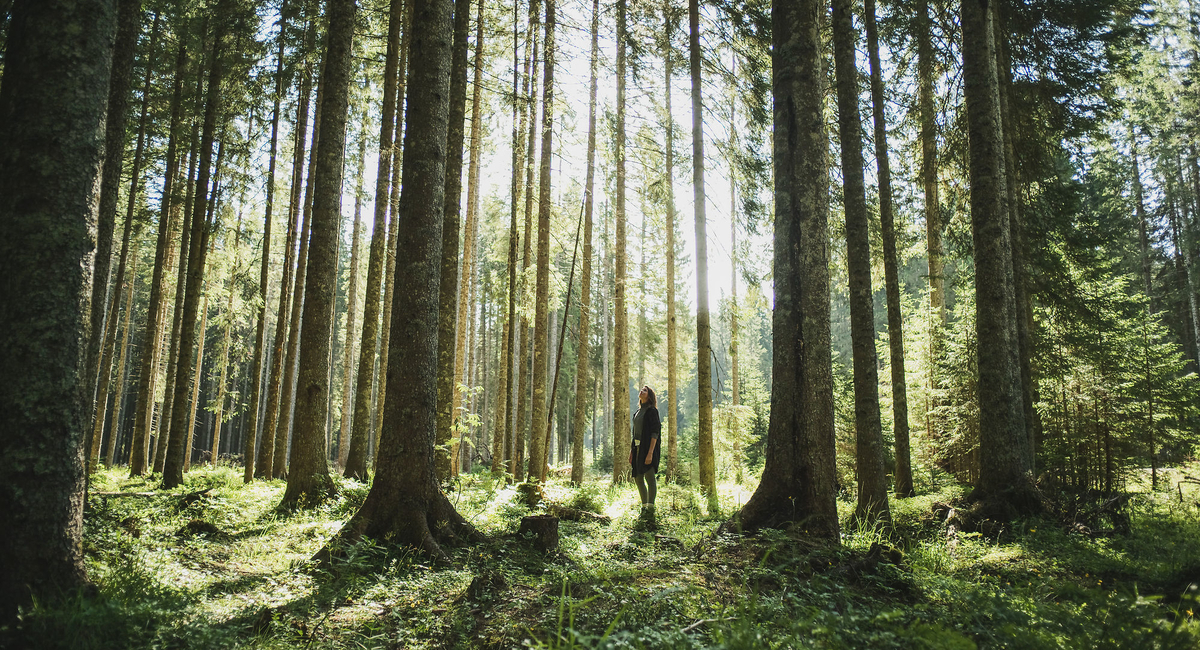
Slovenia is green
Did you know that Slovenia is one of the most forested countries in Europe? That protected areas amount to as much as one third of the Slovenian territory? And that there are five natural and cultural sites inscribed on the UNESCO World Heritage List and another six on the UNESCO Representative List of the Intangible Cultural Heritage of Humanity? In Slovenia, we feel strongly about preserving our treasures and heritage, and have approached sustainable development thoroughly. The Green Scheme of Slovenian Tourism promotes sustainable practices and the most diligent destinations, accommodation facilities, hospitality providers, nature parks, tourist agencies, sites and beaches are awarded the Slovenian Green label. This group already combines more than 300 members.
Take a tour through our green story
Watch the interactive video and get to know some of the most interesting facts and green stories that reveal the sustainable path of Slovenia.
Play interactive video
Take a tour through our green story
Take a tour through our green story
Watch the interactive video and get to know some of the most interesting facts and green stories that reveal the sustainable path of Slovenia.
More

